Description
Le Malefice by Narcisse-Virgile Diaz de La Peña printed on a Hoodie
About the Hoodie
Modern fit
It provides a more tailored look than a regular fit
Comfortable
The fabric and fit of this item are extra comfy
Tear-away tag
Easily removable tear-away tag that allows you to add a custom inside label
Premium quality
The product is made from premium, high-quality materials
Classic unisex hoodie with a front pouch pocket and matching flat drawstrings. The 100% cotton exterior makes this hoodie soft to the touch.
- 65% ring-spun cotton, 35% polyester
- Charcoal Heather is 60% ring-spun cotton, 40% polyester
- Carbon Grey is 55% ring-spun cotton, 45% polyester
- 100% cotton face
- Fabric weight: 8.5 oz./yd.² (288.2 g/m²)
- Front pouch pocket
- Self-fabric patch on the back
- Matching flat drawstrings
- 3-panel hood
- Tear-away tag
Narcisse-Virgile Diaz de La Peña (1808 – 1876)
Narcisse Virgilio Díaz de la Peña was a French painter of the Barbizon school.
Diaz was born in Bordeaux to Spanish parents. At fifteen he entered the studios at Sèvres, first working on the decoration of porcelain and later turning to painting. Turkish and Oriental scenes attracted him, and he took to painting Eastern figures dressed in richly coloured garments; many of these paintings remain extant. He also spent much time at Barbizon, near the Fontainebleau Forest, where some of his most famous paintings were made. One of his teachers and friends in Paris was François Souchon.
Around 1831 Díaz encountered Théodore Rousseau, for whom he possessed a great veneration, despite the fact that Rousseau was four years younger. At Fontainebleau Díaz found Rousseau painting his wonderful forest pictures, and was determined to paint in the same way if possible.
Díaz exhibited many pictures at the Paris Salon, and was decorated in 1851 with the rank of Chevalier (Knight) of the Légion d’honneur. During the Franco-German War (1870-1871) he went to Brussels. After 1871, his works became fashionable and rose gradually in the estimation of collectors, and he worked constantly and successfully. Díaz’s finest pictures are his forest scenes and storms, and it is on these that his fame rests.

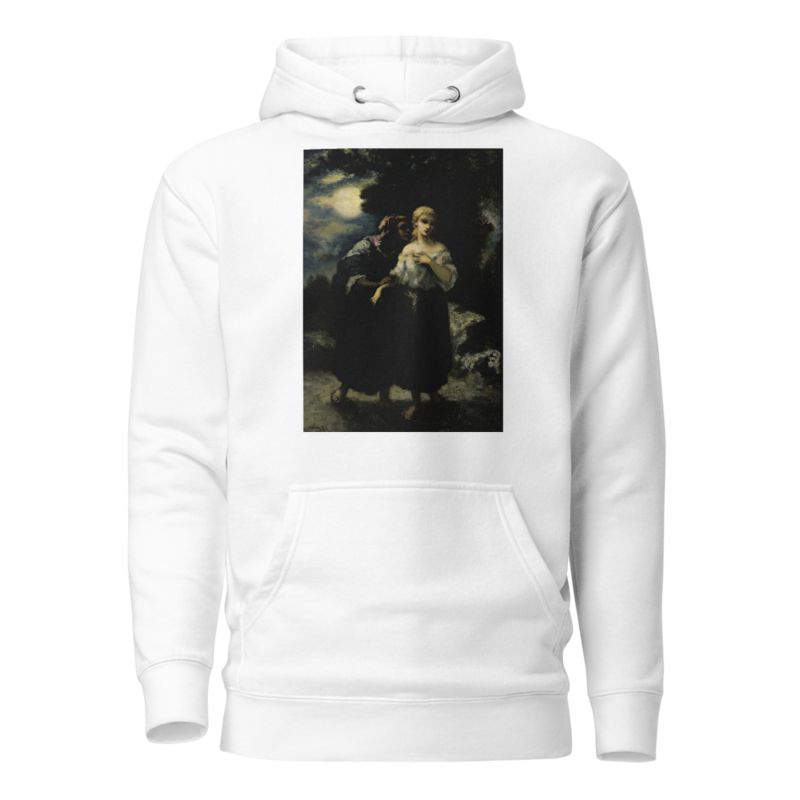
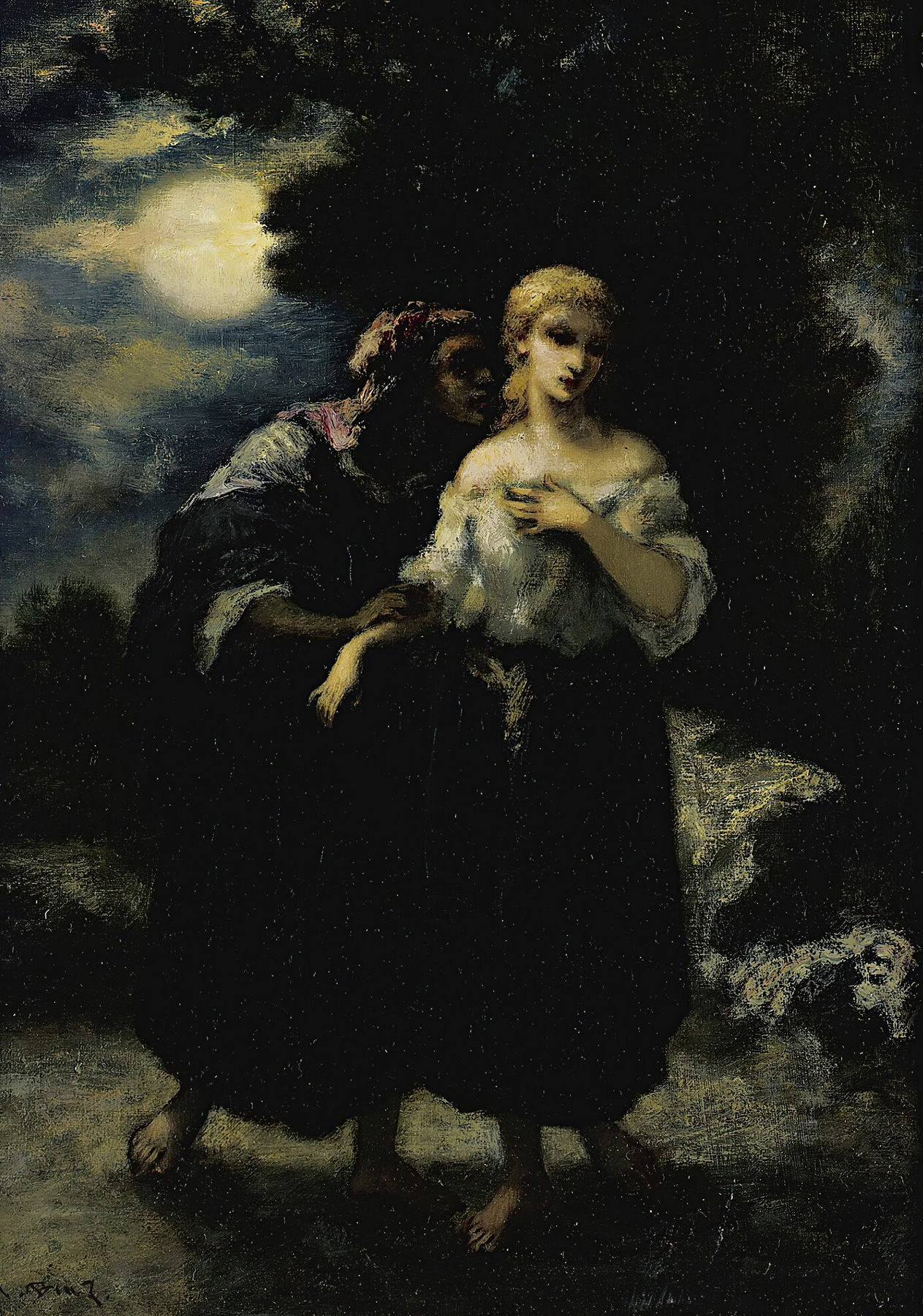
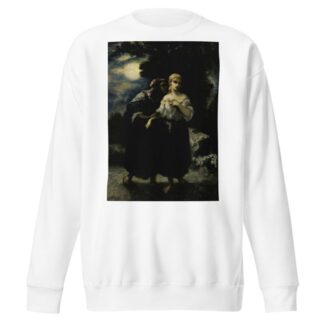
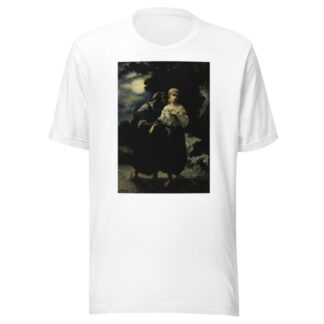
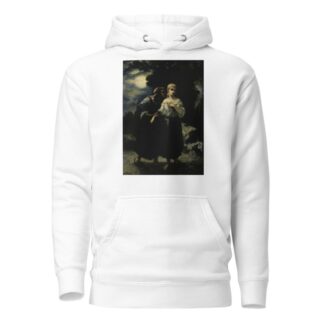
Reviews
There are no reviews yet.